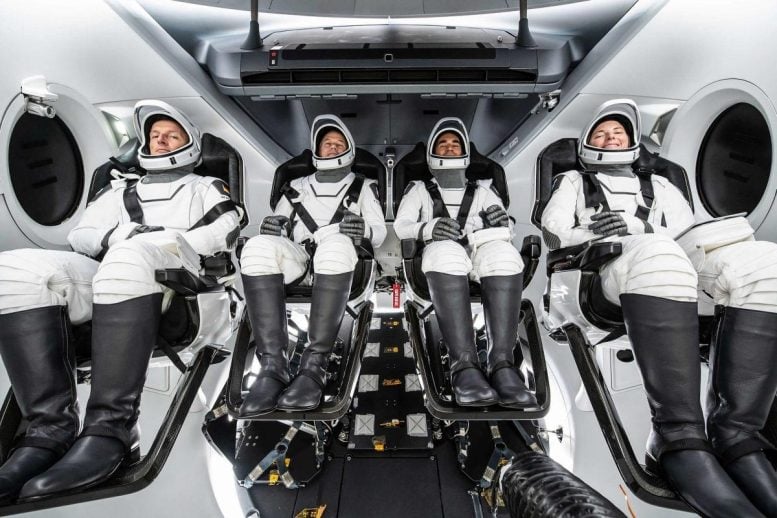
The astronauts of SpaceX Crew-3 pose for a portrait in their suits during a training session inside the SpaceX Crew Dragon spacecraft. From left are, ESA (European Space Agency) astronaut Matthias Maurer and NASA astronauts Thomas Marshburn, Raja Chari, and Kayla Barron. Credit: SpaceX
The spacecraft carrying ESA astronaut Matthias Maurer and his NASA astronaut colleagues Raja Chari, Thomas Marshburn and Kayla Barron docked to the International Space Station at 00:32 CET Friday, November 12 (23:32 GMT Thursday, November 11), marking the official start of Matthias’s first mission ‘Cosmic Kiss’.
The four Crew-3 astronauts were launched in a new SpaceX Crew Dragon spacecraft, called Endurance, atop a Falcon 9 rocket from NASA’s Kennedy Space Center in Florida, USA at 02:03 GMT/03:03 CET Thursday, November 11. They arrived at the Station around 22 hours later for a six-month stay in orbit.
Matthias and his crewmates were welcomed aboard by NASA astronaut Mark Vande Hei and Russian cosmonauts Anton Shkaplerov and Pyotr Dubrov when the hatch opened at 01:25 GMT/02:25 CET, as members of Expedition 66.
Anton is the current commander of the International Space Station. He took over the role from ESA astronaut Thomas Pesquet on 6 November, prior to Thomas’s return to Earth with Crew-2.
An exciting time for Europe
ESA Director General Josef Aschbacher says Matthias’s mission comes at an exciting time for Europe in space.
“ESA has an ambitious agenda as we seek to maintain and grow Europe’s role as a leading space agency. This cuts across all areas of the space economy including human and robotic exploration, telecommunications, navigation, Earth observation, space safety and security, and more, and will require close cooperation with all our Member States, the European Union, the space industry, and Europe’s scientific community in the coming years.
“In addition to Matthias’s launch and Thomas’s return from the Space Station, we also have Samantha Cristoforetti preparing for her second mission next year where she will become the first female ESA astronaut to hold the role of Space Station Commander,” adds ESA Director of Human and Robotic Exploration David Parker. “And of course, we are in the process of recruiting a new class of ESA astronauts as we look to the future of exploration beyond low-Earth orbit, to the Moon and eventually Mars.
“I’m delighted to see Matthias arrive safely to the Space Station and wish him all the best as he, and the teams supporting him, embark on a busy six months of science, research, and operations in weightlessness.”
A declaration of love for space
Matthias selected the name ‘Cosmic Kiss’ for his time aboard the Space Station as a declaration of love for space.
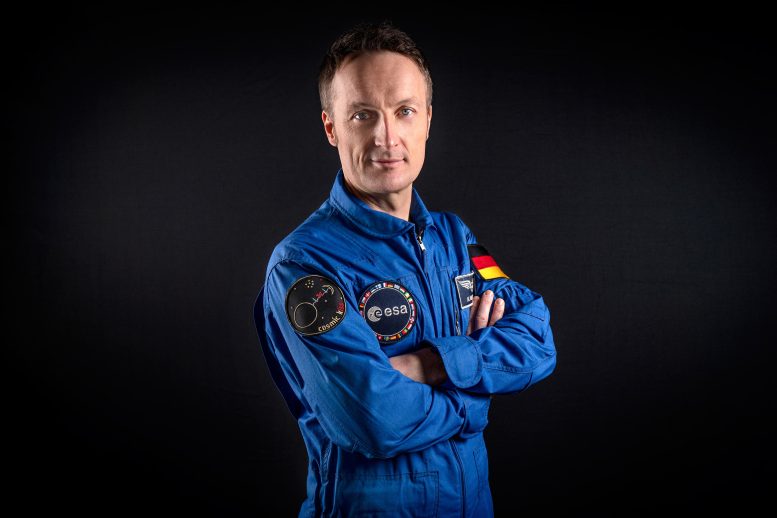
Official portrait of ESA astronaut of German nationality Matthias Maurer. This portrait was taken in November 2020. Credit: ESA
While in orbit, he will support more than 35 European experiments and numerous international experiments. Knowledge gained through his mission will contribute to development that benefits life on Earth as well as the future of exploration beyond low-Earth orbit.
“Cosmic Kiss communicates the special connection the Station provides between Earth’s inhabitants and the cosmos,” Matthias explains. “Partnership is so important in exploring farther to the Moon and Mars, as is the need to respect, protect and preserve the nature of our home planet as we seek a sustainable future on Earth and beyond.”
An action-packed mission
In addition to orbital science, Matthias is also certified to perform a spacewalk in both the NASA EMU spacesuit and the Russian Orlan spacesuit.
It is expected he will perform a Russian spacewalk to support the installation and first operations of the European Robotic Arm (ERA) that traveled to the Station with the Russian Multipurpose Laboratory Module (MLM) on 29 July this year.
Measuring over 11 m in length, the European-built arm is the first robot able to ‘walk’ around the Russian segment of the International Space Station and the only one that astronauts can control from both inside and outside the Space Station.
He is also expected to be in orbit for the launch of the Webb Space Telescope and the launch of Artemis I, an uncrewed mission that will see ESA’s European Service Module (ESM-1) power NASA’s Orion spacecraft on its journey around the Moon and back to Earth.
Follow the Cosmic Kiss mission
The name of European Space Agency (ESA) astronaut Matthias Maurer’s first mission to the International Space Station, Cosmic Kiss, is a declaration of love for space. It communicates the special connection the Station provides between Earth’s inhabitants and the cosmos. It also conveys the value of partnership in exploring farther to the Moon and Mars, alongside the need to respect, protect and preserve the nature of our home planet as we seek a sustainable future on Earth.
The Cosmic Kiss patch takes inspiration from the Nebra sky disc (“Himmelsscheibe von Nebra”) – the oldest known realistic illustration of the night sky – as well as the Pioneer plaques and Voyager Golden Records that were sent into the unknown carrying messages from Earth.
These artifacts show a fascination with space that spans the ages. Since the beginning of time, humans have looked skyward for knowledge about the origins of life, the Universe, and our place in the cosmos. The Cosmic Kiss mission builds on the curiosity of all those who came before us, as exploration advances our understanding of Earth, our Solar System, and life itself.
Like the Nebra sky disc, the patch features several cosmic elements including Earth, the Moon, and the Pleiades star cluster. It also depicts Mars, one of ESA’s three key destinations for exploration over the next 10 years, as a small red dot beckoning in the distance.
Earth is shown borderless and backlit, with only a delicate line of atmosphere visible. This phenomenon is often described by space travelers, who marvel at the wonder of all human life and events taking place in one thin and precious layer.
The most prominent feature is a simplified, almost heart-like International Space Station. This is connected through a human heartbeat that stretches from Earth to the Moon. This heartbeat symbolizes the human presence and passion that propels exploration forward and connects us to the Universe, as well as the vital life science experiments the Space Station enables.
As a unique oasis in space, the International Space Station is a hub of science, research, and operations like no other. The continuous human presence that it supports beyond our Earth leads to greater knowledge, technological advances, and a better understanding of fundamental and applied sciences. The Space Station is a lifeline for Earth’s future and paves the way for our next steps into space as we go forward to the Moon and Mars. It is the Cosmic Kiss that unites us and brings light to the unknown.
The Cosmic Kiss mission patch features black, red, gold, and white. Each color has been selected for its significance:
- Black – represents the Universe and its mysteries that we seek to understand.
- Red – stands for love and passion. It represents our human presence today and the martian soils that await us as we explore farther into the Solar System.
- Gold – is the color of the stars that share their warmth and light to enable life.
- White – is the heartbeat that flashes in the atmosphere. It stands for technology and scientific progress, bringing light into the dark.

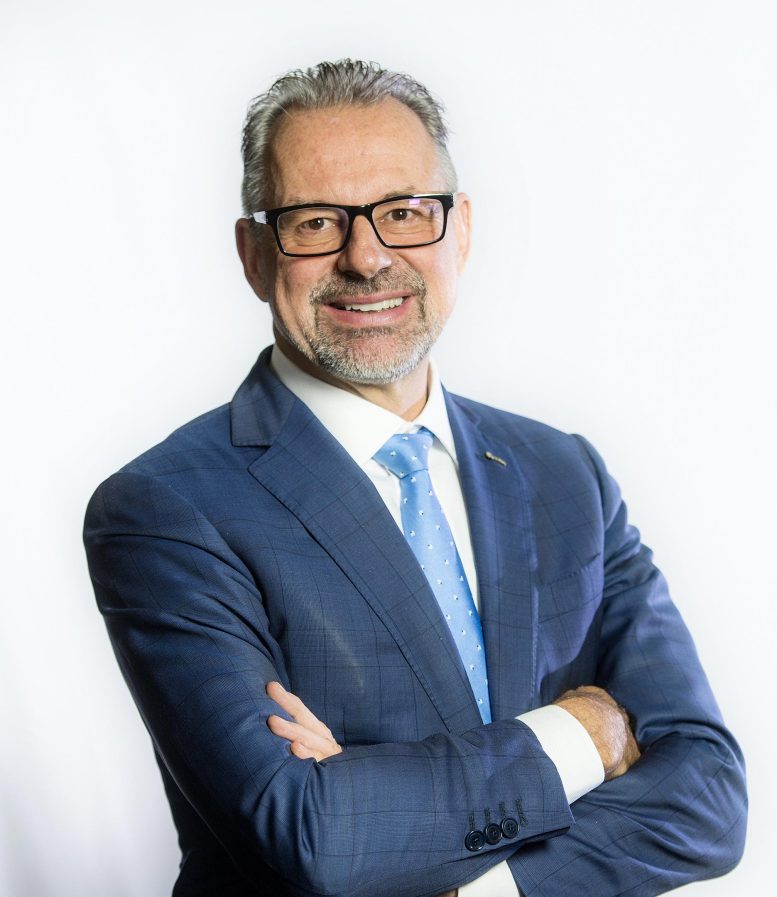
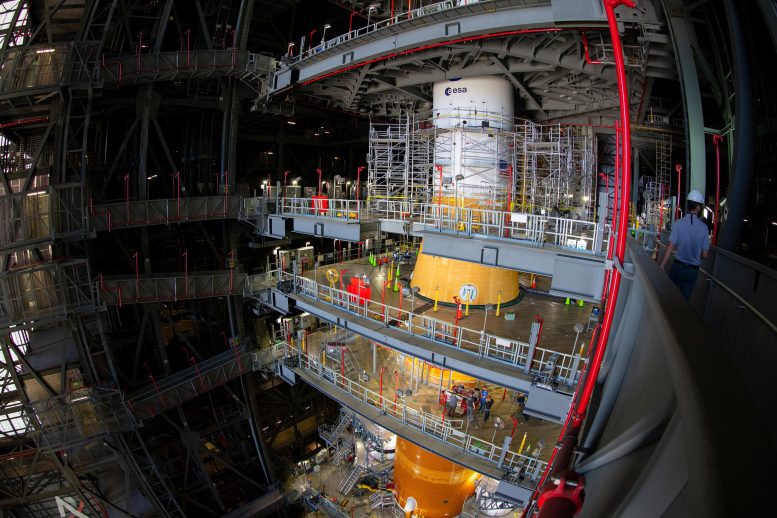
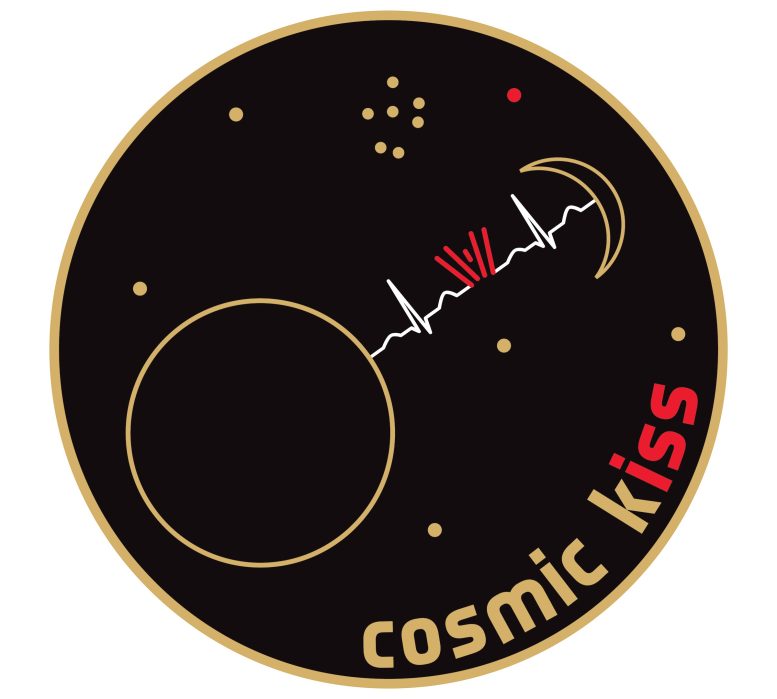

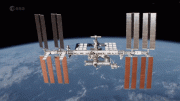

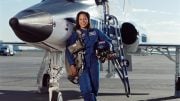
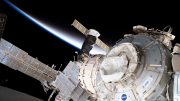
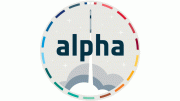
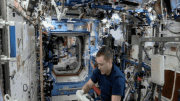
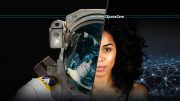
Be the first to comment on "Cosmic Kiss Mission Begins As Astronaut Matthias Maurer Arrives at the Space Station"